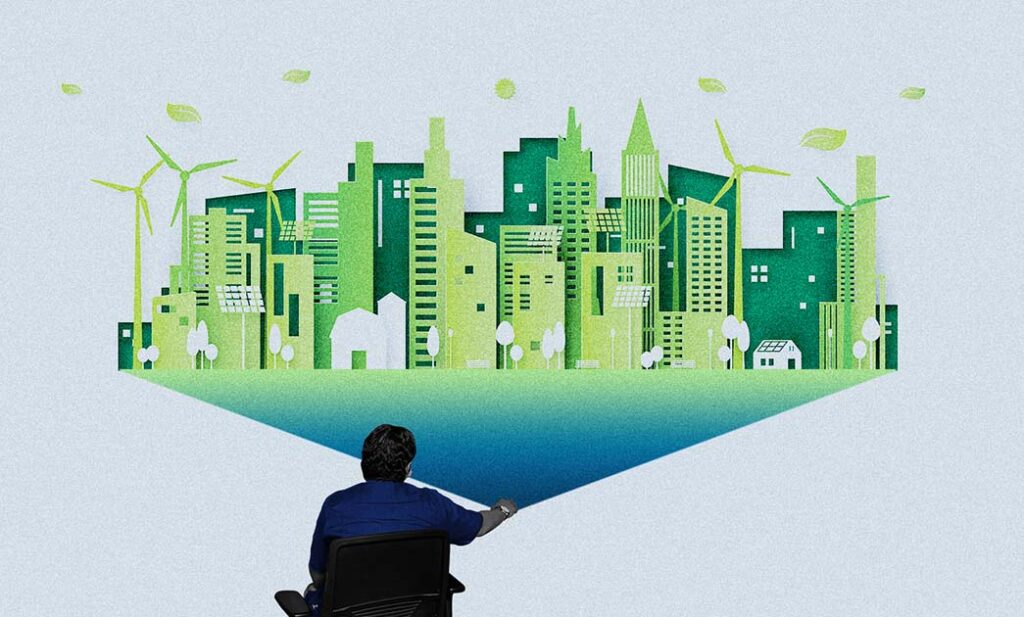India is one of the fastest pacing economies, and as such, the country has a massive demand for energy. However, it is also one of the most energy-poor countries, with over a whopping 240 million people without sufficient access to electricity. This has led to an increased focus on renewable energy, and India has set ambitious targets to increase its green energy capacity.
India’s green energy targets
India’s green energy programs have gained good velocity in recent years. The government launching several initiatives to boost its renewable energy production. In 2015, the government announced its goal to generate 175 GW of renewable energy by 2022, which also includes 100 GW of solar energy, 60 GW of wind energy, 10 GW of biomass energy, and 5 GW of small hydro energy.
India has made tremendous strides towards attaining its green energy ambitions despite the target previously being considered to be unduly unrealistic. India’s capacity for renewable energy as of 2021 is 98 GW or approximately 56% of its goal. With numerous massive solar and wind power projects in the works, the nation has established itself as a global leader in renewable energy.
The enormous potential for the production of renewable energy in India is a major driving force behind its green energy initiatives. India is situated in a location with an abundance of solar and wind resources, and the government has been making significant investments in creating infrastructure for renewable energy. Companies like Tesla have invested in Indian renewable energy projects as part of their own efforts to entice global investment in the sector.
The Quandary
India’s green energy initiatives, nevertheless, is not a smoothly paved road. The high cost of renewable energy compared to fossil fuels is one of the main problems. Solar and wind energy are still more expensive than conventional energy sources, despite recent declines in price. This could make it challenging for India to achieve its lofty renewable energy goals while yet keeping its residents’ electricity costs low.
The lack of a sufficient infrastructure to enable the production of renewable energy is another issue. Since India’s electrical grid is sometimes erratic and unpredictable, incorporating renewable energy into the system may be challenging. Due to grid restrictions, this has caused multiple instances of wasted or reduced renewable energy.
The future of India’s green energy initiatives looks bright despite these obstacles. The nation has proven that it is committed to using renewable energy, and it has made great strides in achieving its goals. In addition to assisting in lowering the nation’s reliance on fossil fuels and enhancing energy access for its inhabitants, India’s green energy sector is positioned to become a significant player in the global renewable energy market with continuous investment and innovation.
